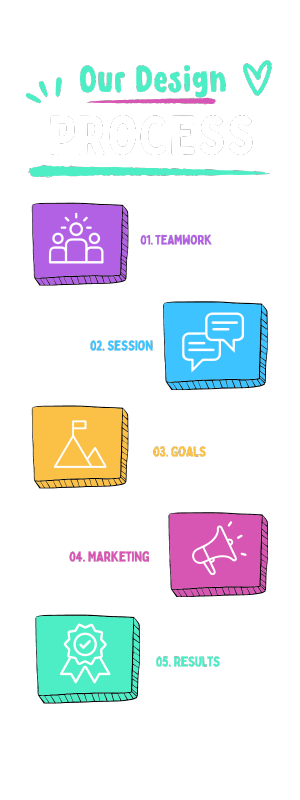The Importance of SEO in Web Design: Boost Your Site’s Visibility
In today’s world, an online presence is key for any business to succeed. But just a website won’t cut it. You need to focus on search engine optimization (SEO) when designing your site. This means using SEO techniques and enhancing user experience. By doing so, you’ll see more website traffic and better Google rankings.

SEO web design is about making a site that works well for search engines and people. It includes using a design that fits all screens, organizing your site logically, creating special info, and making it easy to move around. By doing your design this way, you up your chance to be the top choice when people look for what you offer.
To do your best in SEO, get to know everything about it. This includes keyword research and how to make your site on-page and off-page ready. Start by researching keywords. This lets you see what words people use when looking for businesses like yours. Then, use these words in your site’s content and more to up your visibility on search engines.
Understanding the Importance of SEO in Web Design
In today’s world, a stunning website isn’t enough. It must also do well in searches. This is why SEO-friendly web design is key. By designing your site with SEO in mind, you attract more organic traffic.
What is SEO Web Design?
SEO web design means creating sites both users and search engines love. This includes making your site easy to find, while also being fun to use. With good SEO in design, your site will show up more in searches.

- Creating a user-friendly and intuitive navigation structure
- Ensuring mobile responsiveness for optimal viewing on all devices
- Optimizing site speed for faster loading times
- Incorporating relevant keywords and meta tags
- Providing high-quality, informative, and engaging content
Benefits of Integrating SEO into Web Design
Using SEO in your design brings many benefits:
- Increased Organic Traffic: An SEO-friendly site draws more focused visitors from search engines, increasing organic traffic and possible customers.
- Improved User Experience: A great website design keeps visitors happy. This lowers bounce rates and makes them stay longer on your site.
- Better Conversion Rates: A seamless design and useful content can turn visitors into buyers through conversion rate optimization.
- Enhanced Brand Credibility: Higher search rankings make your brand more trusted in its field.
SEO web design is about more than search engines. It’s about adding value for your audience and meeting your business goals.
Focusing on SEO in your design makes a website that is both attractive and visible in searches. This can bring more organic traffic and improve your presence online.
Best Practices for SEO-Friendly Web Design
For the best SEO results, we should stick to top-notch practices. These practices make our website shine for users and in search engines. It’s crucial to design for mobile devices first. This way, our site works well on phones and tablets, which most people use now.
Mobile Responsiveness and User Experience
Creating a smooth mobile experience is key. It helps keep users engaged and boost our search rankings. Our focus should be on fast site speed, clear navigation, and easy-to-read content. Features like automatic sign-in and jump links make things even better. Don’t forget alt text for images and a click-to-call button for support.
Optimizing Site Speed and Performance
Fast-loading pages are vital for a good site. Users dislike slow sites, and search engines do too. We can make our site quicker by compressing images and minimizing our code. Browser caching helps a lot too. Doing these things builds a site that’s both snappy and search-friendly.
Implementing Clean and Efficient Code
Behind every great website is clean, efficient code. By writing high-quality code and using proper HTML, we help search engines understand our content better. This friendly relationship with search engines boosts our chances of ranking well for important keywords.
Crafting User-Friendly URL Structures
Clear, logical website addresses are more than just user-friendly. They also tell search engines what our pages are about. Aim for URLs that are both memorable and descriptive. This strategy not only enhances SEO but also improves user navigation.
Leveraging Schema Markup for Enhanced Search Results
Using schema markup adds extra info for search engines. It can lead to having more informative and visually appealing search results. With schema, our site stands out more in search listings. This can draw in more visitors and even put us at the top of search results.



